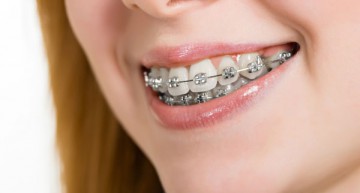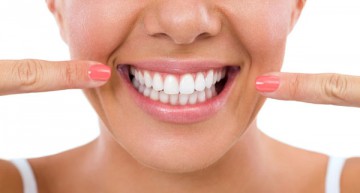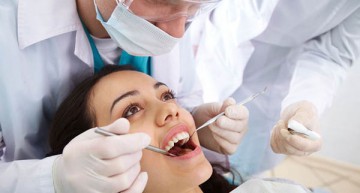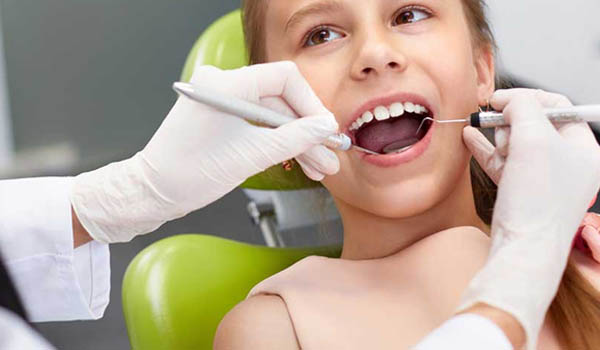
Paediatric dentistry is the part of dentistry that focuses on the smallest. The paediatric dentist’s range of action covers all children ages from the youngest to teenagers.
The relationship with orthodontics is great, since they can be processes that are carried out at the same time or one after the other. However, the paediatric dentist must take care of the problems that arise in the first dentition.
The recommendation is that the first visit to the dentist with the exit of the teeth be made. It is very common for prevention processes to be started in the face of possible dental situations in the future, since as the child’s growth develops, it may pass through some or other states.
WHAT OTHER THINGS DOES THE PEDIATRIC DENTIST DO?
It is also responsible for detecting possible anomalies in the position of the jaws or teeth to refer to the orthodontist, specialist in orthodontics, and to make a restorative treatment if needed.
What is the main difference between dentistry and paediatric dentistry?
The main difference between regular dentistry and paediatric dentistry in the treatment of caries is the presence of temporary or milk teeth in children which causes the treatment to change, so that lesions that occur in the primary dentition will be treated way less conservative and more aggressive than those that occurred in permanent teeth, to avoid that, in the worst case, an inadequate treatment could be given to a temporary tooth that would later affect its successor.
Diseases included in paediatric dentistry.
Abnormalities of the structure and colour of the dentition. For example, hypo mineralization of incisors and molars, dental fluorosis, amelogenesis imperfecta (alteration of dental enamel of hereditary origin), the imperfect dentinogenesis, dental alterations due to lack of vitamin D and abnormal pigmentation due to the use of group antibiotics. of the tetracyclines.
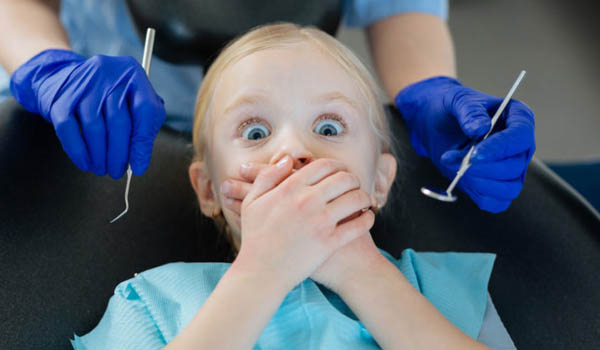
Cavities. All children’s cavities, including so-called bottle-tooth decay, characteristic of young children who sleep with a pacifier soaked in some sweet substance, such as sugar or condensed milk.1 Preventive measures are very important, including first detection early of the main factors that weaken the dental enamel making it more prone to caries, and tips on feeding, brushing and sealing fissures. The complications of caries can be multiple, including pulpitis and abscess formation.
Dental trauma. Very common in childhood and adolescence, this section includes the avulsion or complete loss of the dental piece from the socket, the recommended treatment in this case would be the reimplantation of the piece in the shortest possible time, obtaining the better results when the reimplantation occurs before 30 minutes after the accident.
Malocclusions and disorders caused by alterations of the spaces between the teeth, within this group include the early and late eruptions. Some malocclusions are secondary to certain habits such as digital suction or nasal pathologies that cause continued mouth breathing.


